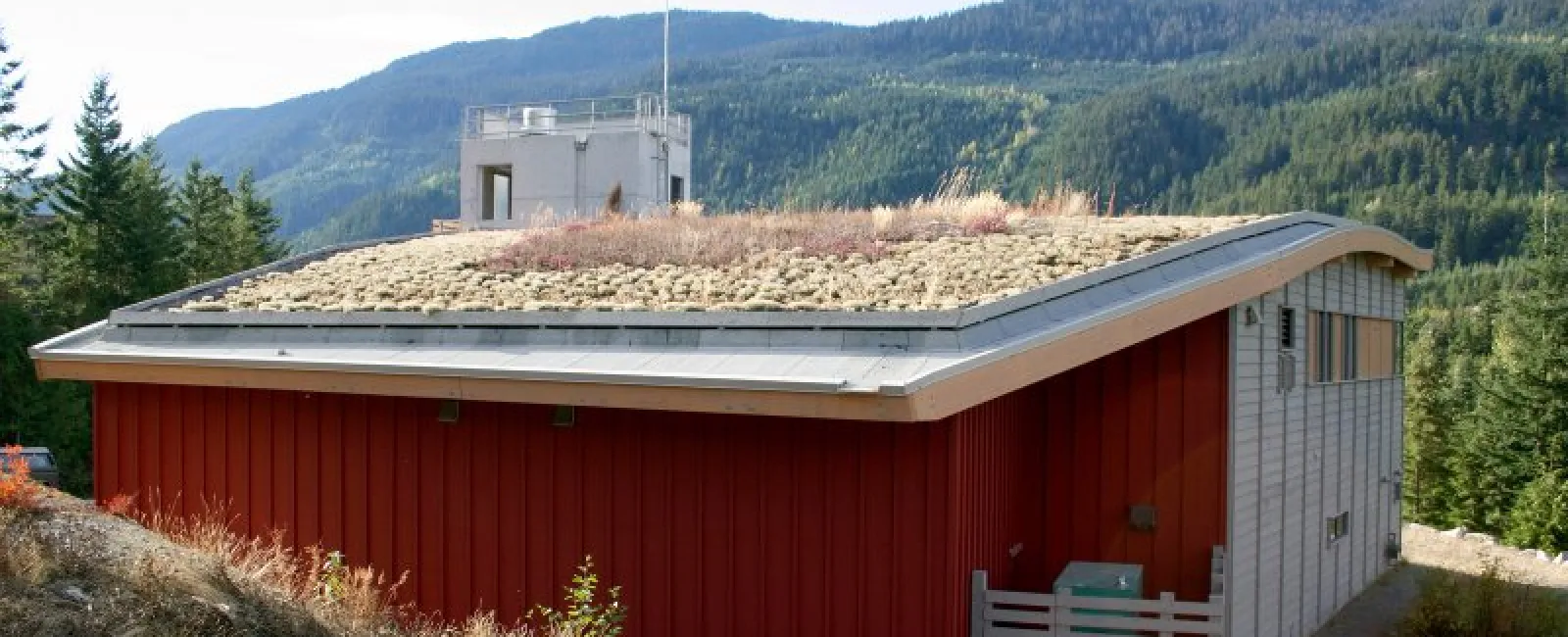One of the roofing trends that has become apparent over the past decade or so is the concept of "living roofs." These are also called green roofs, because they are literally green with plants. A living roof replaces traditional roofing materials with a bed of plants, which is naturally watered by the rain in wetter climates. It may sound strange, but these rooftops have become popular for many reasons. Here's what you should know.
They Help the Environment
Make no mistake, a living roof is a big project! Your old roofing materials need to be replaced completely, and the cost is around $15 per square foot. However, there are advantages to making the change to living roofs. A roof of living plants provides excellent insulation for the building beneath, and can help cut cooling costs during warm months. Additionally, they make use of rainfall and help clean the air, making these roofs a popular eco-friendly choice in cities. Living rooftops tend to last 30 to 50 years, so they have plenty of longevity, too.
They Are Safe When Properly Installed
A roof of growing plants may not sound especially safe, but when properly installed, they pose no issues. Living roofs are typically put in place with a substrate, a few inches deep, to hold roots and water. Underneath the substrate, a tough waterproof membrane is used to prevent any moisture from making its way down to the roofing materials. It's important to know that soil should never be used on your roof.
Residential Rooftops Can Be "Living"
Many living rooftops are commercial, because commercial rooftops are generally easier to convert. In addition, a green roof at the top of a commercial building has added functionality. For example, it can act as a rooftop garden. However, many residential homes can have a green roof too, as long as roofing experts like Findlay inspect two key factors: Slope and weight.
Low slopes work best for a living roof. Some roof angles will be too steep for an installation and won't be able to hold enough water. However, the average house usually has at least some space that's fitting for a green roof, as long as it's not too heavy. A living roof adds a great deal of weight to a house, and the structure needs to be strong enough to withstand it.
Plant Types Vary
The typical living roof uses grasses, ground covers and sedum varieties that are native to the location. Short plants that can survive without much water are required. You may be able to use some plants with an additional purpose, like thyme or chives, but don't expect a "garden on your roof" scenario. A living roof is more of a "lawn on your roof."
Living Roofs Need Maintenance
These roofs are not maintenance-free. You may need to water your new roof and make sure that the plants are healthy and thriving, especially during the first year. Occasional fertilization may be required, and pulling some weeds can be helpful, too!

